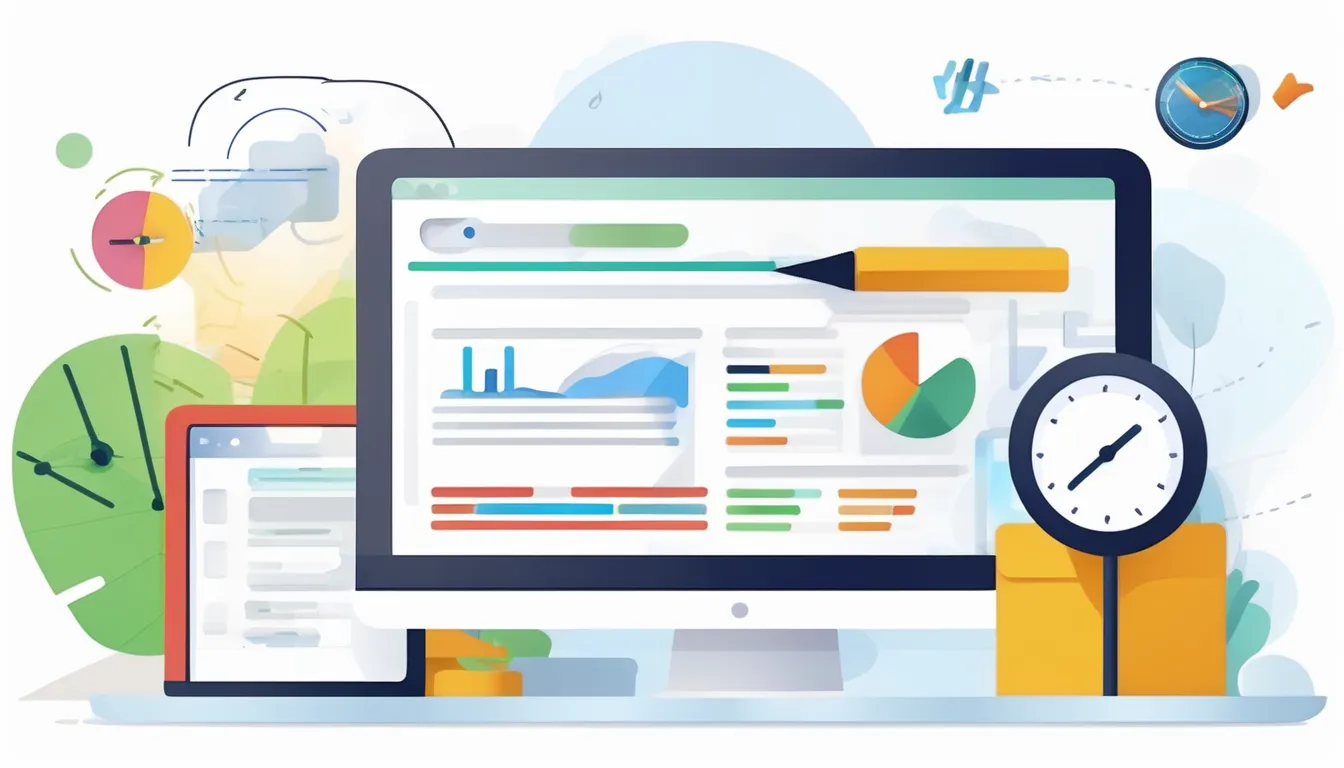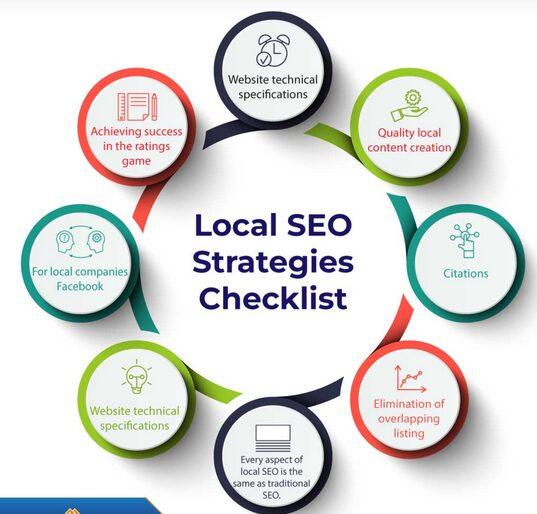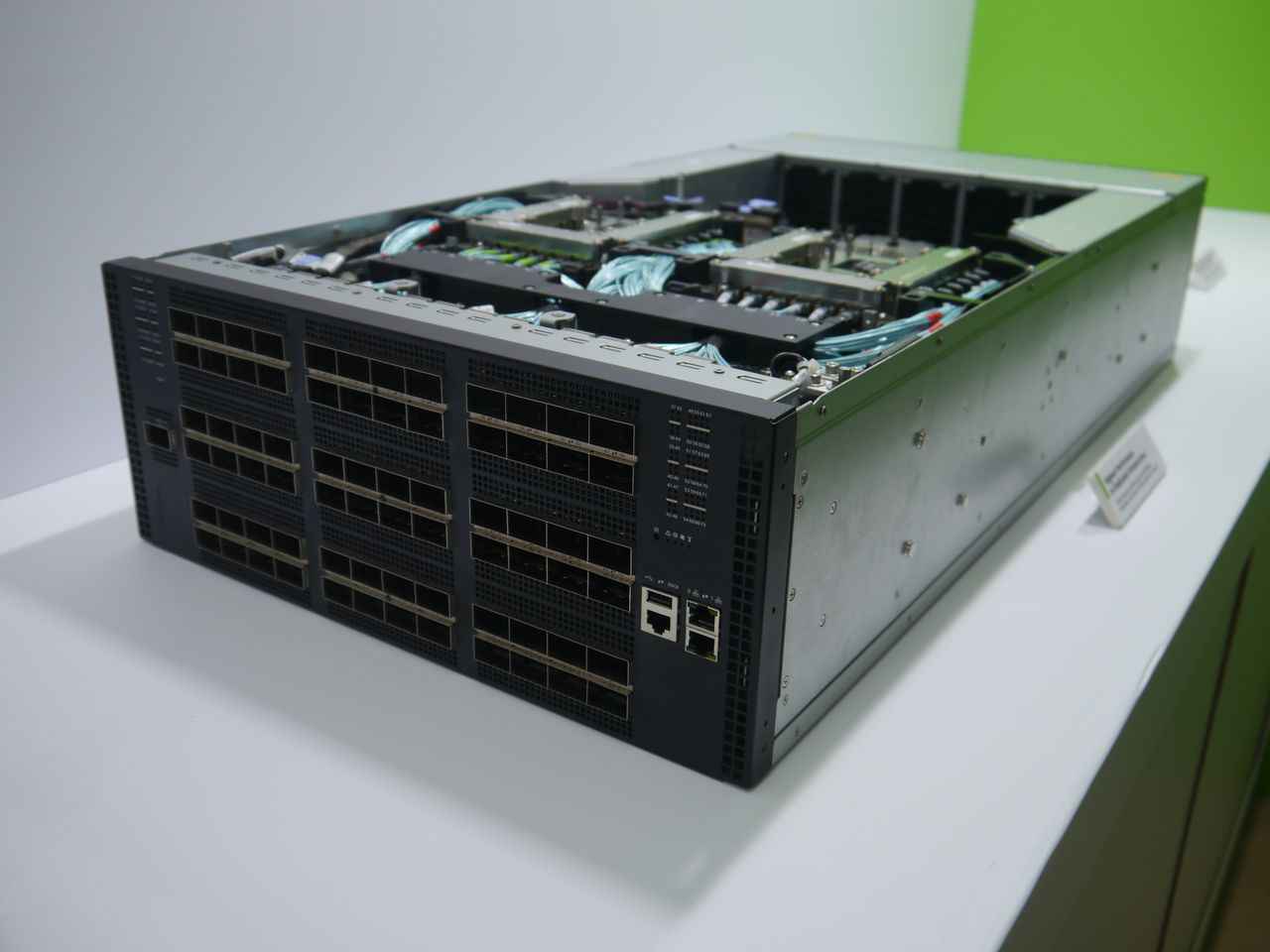When it comes to improving your website’s performance, mastering Google PageSpeed optimization is key. You’ll find that small adjustments, like optimizing images and enhancing server response times, can make a noticeable difference in load speeds. But what specific techniques should you prioritize to see tangible results? Understanding the nuances of browser caching and compression could change the game for your site’s efficiency. As you explore these concepts, you’ll uncover insights that could ultimately elevate your user experience and search rankings. So, what’s the first step you should take?
Understanding Google PageSpeed Insights
Google PageSpeed Insights is a powerful tool that helps you analyze your website’s performance and identify areas for improvement. When you enter your website’s URL, the tool generates a score from 0 to 100, reflecting how well your site performs, especially on mobile devices. A higher score indicates better performance, which can lead to improved user experience and higher search engine rankings.
You’ll also receive detailed insights into specific elements affecting your site’s speed. Alongside your score, PageSpeed Insights provides recommendations tailored to your website. These can range from optimizing images to leveraging browser caching. By addressing these suggestions, you can significantly enhance your site’s loading times.
Furthermore, the tool breaks down performance metrics, like First Contentful Paint and Time to Interactive, so you can understand how quickly users see and interact with your content.
It’s crucial to remember that speed isn’t just about numbers; it directly impacts user satisfaction and engagement. By regularly using Google PageSpeed Insights, you’re taking a proactive approach to ensure your website remains fast and user-friendly, ultimately improving the overall performance and effectiveness of your online presence.
Key Factors Affecting Page Speed
What makes your website load quickly or slowly? Several key factors play a crucial role in determining your site’s speed.
First, the quality of your hosting service significantly impacts performance. If you’re using a shared hosting plan, it may slow your site down during peak traffic times. Consider upgrading to a dedicated or VPS hosting for better speed.
Next, the size and complexity of your website’s code matter. Bloated HTML, excessive CSS, and JavaScript can cause delays. Streamlining your code and removing unnecessary elements can enhance loading times.
Additionally, the number of HTTP requests made by your site contributes to speed. Each element, like images and scripts, requires a separate request, so minimizing these can lead to faster load times.
Another factor is browser caching. If users have to reload resources every time they visit, your site will lag. Implementing caching strategies can help.
Finally, the geographical location of your server affects speed. If your server is far from your target audience, latency increases.
Techniques for Image Optimization
Images often make up a large portion of your website’s overall size, so optimizing them is essential for improving load times. Start by choosing the right file format. Use JPEG for photographs, PNG for images requiring transparency, and SVG for simple graphics. This choice can significantly reduce file sizes.
Next, resize your images to the dimensions needed on your site. There’s no point in loading a 2000×1500 pixel image if it only displays at 400×300 pixels. Tools like Photoshop, GIMP, or online services can help you resize easily.
You should also compress your images without sacrificing quality. Use tools like TinyPNG or ImageOptim to reduce file sizes while maintaining visual integrity. This can dramatically speed up loading times.
Implementing responsive images with the ” element or ‘srcset’ attribute can ensure users download the most appropriate image size for their device, further enhancing performance.
Lastly, consider lazy loading images, so they only load when they come into the viewport. This technique can significantly decrease initial load times, especially for pages with many images.
Improving Server Response Time
A quick server response time is crucial for delivering a smooth user experience and improving your site’s overall performance. If your server takes too long to respond, users may leave your site in frustration, negatively impacting your bounce rate and conversion rates.
To improve your server response time, start by choosing a reliable hosting provider. Look for one that offers fast servers and excellent customer support. Shared hosting can be cost-effective, but if your site experiences high traffic, consider upgrading to a virtual private server (VPS) or dedicated hosting to ensure better performance.
Next, optimize your server’s software. Keep your web server and database management systems updated to the latest versions for improved efficiency.
You should also consider using a content management system (CMS) that’s optimized for speed, like WordPress with lightweight themes.
Leveraging Browser Caching and Compression
How can leveraging browser caching and compression boost your site’s performance? By utilizing these techniques, you can significantly reduce load times and enhance user experience.
Browser caching stores frequently accessed resources like images, stylesheets, and scripts on visitors’ devices. When they return to your site, their browsers can quickly retrieve these files, eliminating the need for repeated downloads from your server.
To implement browser caching, set expiration dates for your resources, allowing browsers to know how long to store them. This way, you minimize server requests and speed up page loading.
Compression, on the other hand, reduces the size of your files before they’re sent to users. By enabling Gzip or Brotli compression, you can compress HTML, CSS, and JavaScript files, making them smaller and quicker to transfer.
Most modern browsers support these compression methods, so enabling them is a no-brainer.
Together, browser caching and compression not only enhance performance but also improve your site’s overall SEO ranking.
Conclusion
In conclusion, mastering Google PageSpeed optimieren PageSpeed optimization is crucial for your website’s success. By understanding key factors and implementing techniques like image optimization, improving server response times, and utilizing browser caching and compression, you can significantly enhance your site’s performance. Not only will this boost your PageSpeed scores, but it’ll also improve user experience and increase your site’s visibility in search results. So, take action now to attract more visitors and keep them engaged longer!





